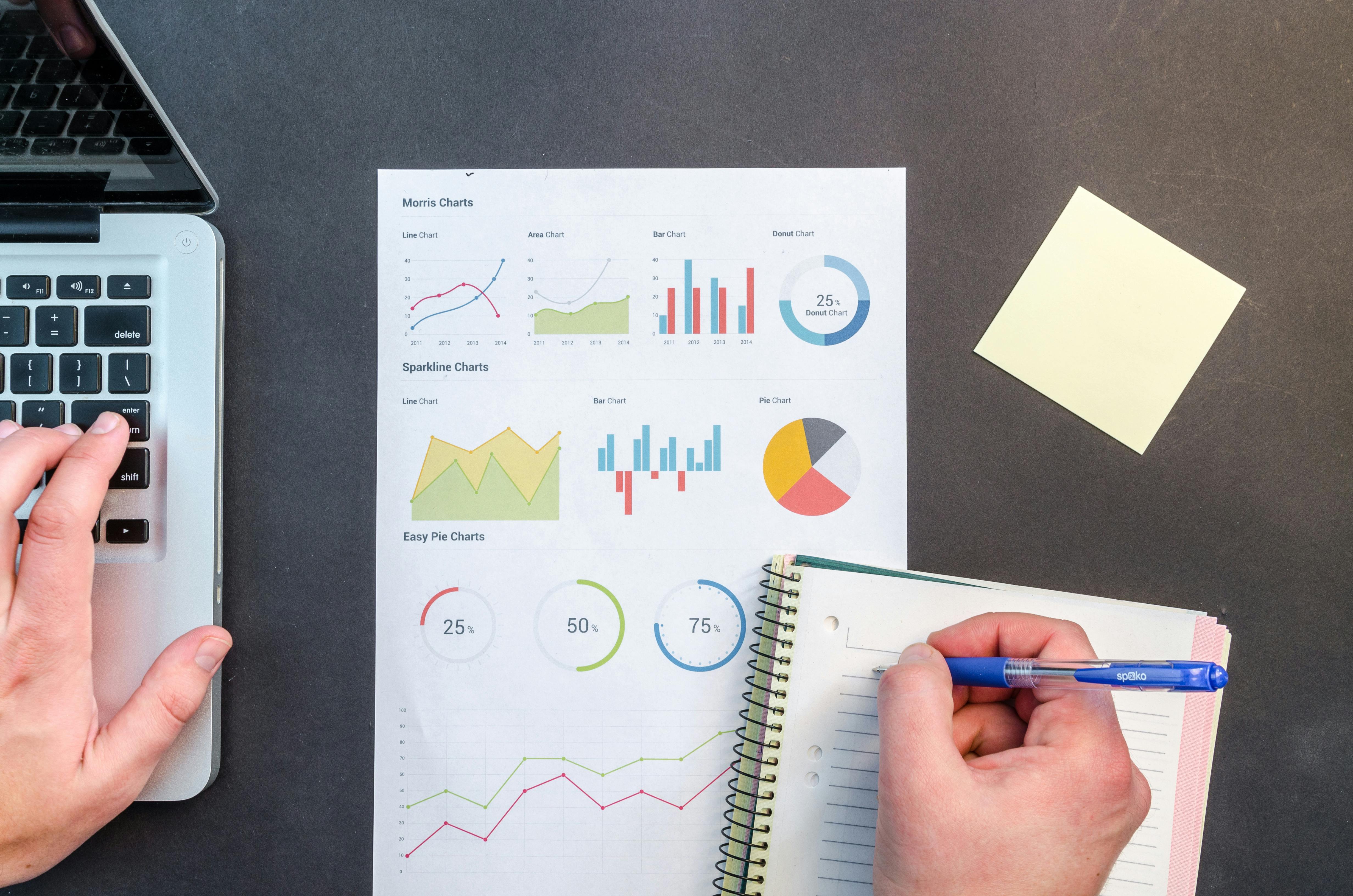What is the Best Way to Understand Data?

We live in an age overflowing with data. But simply having access to information isn't the same as understanding it. True understanding involves grasping the meaning, implications, and context behind the numbers and facts. While there's no single magic formula, a combination of approaches forms the "best way" to truly understand data.
Why Strive for Deeper Understanding?
Moving beyond surface-level observation allows you to:
- Make more robust and confident decisions.
- Uncover hidden opportunities and insights.
- Identify the root causes of problems, not just symptoms.
- Communicate findings more effectively and persuasively.
- Build a stronger foundation for prediction and forecasting.
It's about transforming raw data into actionable knowledge.
Key Approaches to Understanding Data
1. Start with Context and Purpose
Before you even look at the data points, understand the bigger picture:
- Why was this data collected? What question(s) is it supposed to answer?
- What does each field/column represent? Understand the definitions (metadata).
- How was the data collected? This impacts potential biases and limitations.
- What is the scope? What time period, population, or area does it cover?
Context provides the frame through which you interpret everything else.
2. Assess Data Quality and Source
You can't understand data you can't trust. Perform basic checks:
- Is the source reliable?
- Are there obvious signs of errors, missing values, or inconsistencies? (See how to tell if data is consistent).
- Are there outliers that need investigation?
Acknowledging potential data quality issues is part of understanding.
3. Visualize the Data
Our brains are wired to process visual information quickly. Use graphs and charts to:
- Spot trends: Line charts are great for time-series data.
- Make comparisons: Bar charts effectively compare categories.
- See distributions: Histograms show how data is spread out.
- Explore relationships: Scatter plots can reveal correlations between variables.
Visualization often reveals patterns invisible in raw tables. Effectively explaining data often relies heavily on good visuals.
4. Explore and Ask Questions
Understanding is an active process. Be curious:
- Calculate basic descriptive statistics (mean, median, mode, range, standard deviation). What do they tell you?
- Filter and segment the data. Does the picture change for different groups (e.g., regions, customer types, time periods)?
- Drill down into interesting points or outliers. Why are they different?
- Ask "Why?" repeatedly.
5. Look for Patterns, Trends, and Relationships
Go beyond individual data points to see the bigger picture:
- Is the trend increasing, decreasing, or stable? Are there seasonal patterns?
- Are certain variables correlated? Does one tend to increase when another does? (Remember correlation ≠ causation!)
- Are there clusters or groups forming within the data?
- Are there unexpected anomalies or deviations from the norm?
6. Compare and Benchmark
Data often gains meaning through comparison:
- Compare current data to historical data (trends over time).
- Compare performance against goals or targets.
- Compare against industry benchmarks or competitors (if available).
- Compare different segments within your data against each other.
7. Combine with Domain Knowledge
Purely statistical analysis isn't enough. You need to apply your knowledge of the subject matter:
- Does the data align with what you know about the business, industry, or process?
- Are there external factors (e.g., economic changes, specific events) that could explain the patterns?
- Talk to subject matter experts to get their perspective on the findings.
Contextualizing data with real-world expertise is crucial for true understanding.
8. Focus on the "So What?"
Always bring it back to the implications. What does this finding actually mean?
- What are the potential consequences or opportunities revealed by the data?
- What decisions could be influenced by this understanding?
- What actions might be warranted?
Understanding should ultimately lead to insight or action. This is key to improving your Data IQ.
Conclusion: An Iterative Journey
The "best way" to understand data isn't a single step but an iterative process combining critical thinking, curiosity, technical skills (like visualization and basic statistics), and contextual knowledge. It involves exploring the data from multiple angles, asking probing questions, visualizing patterns, checking quality, and relating findings back to the real world. By embracing this multi-faceted approach, you can move beyond simply looking at data to truly understanding what it has to tell you.
Building data understanding capabilities is a core focus at DataMinds.Services. We help organizations develop the skills and processes to turn data into valuable insights.
Team DataMinds Services
Data Intelligence Experts
The DataMinds team specializes in helping organizations leverage data intelligence to transform their businesses. Our experts bring decades of combined experience in data science, AI, business process management, and digital transformation.
More Articles
Want to Truly Understand Your Data?
Go beyond the surface. DataMinds Services provides the tools, techniques, and expertise to help you extract meaningful insights and understanding from your data assets.
Unlock Your Data's Potential

